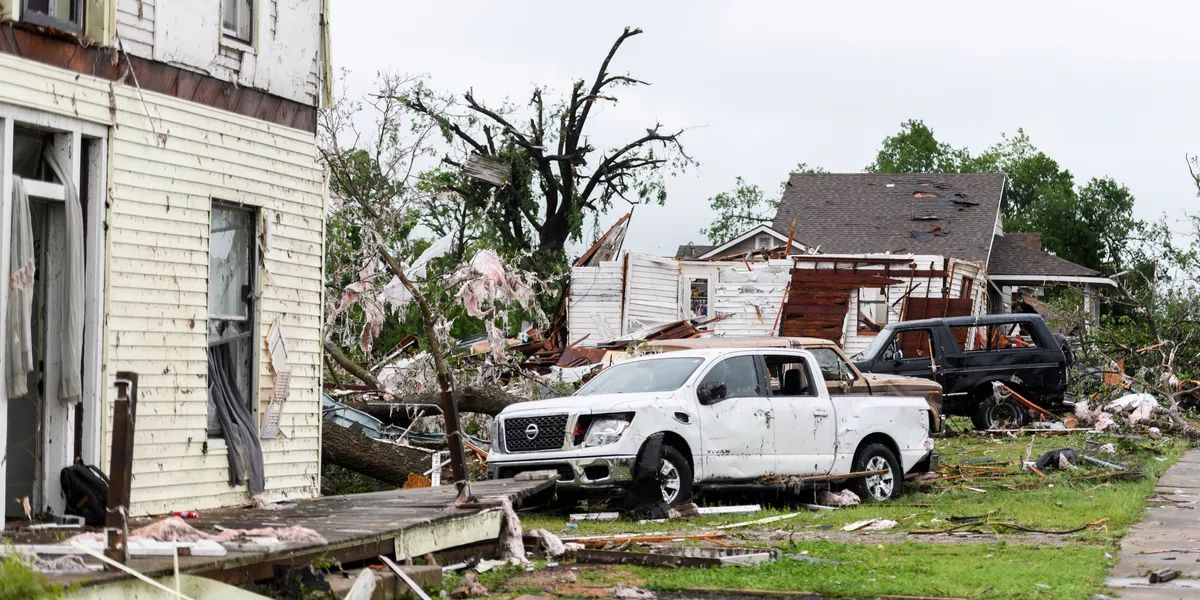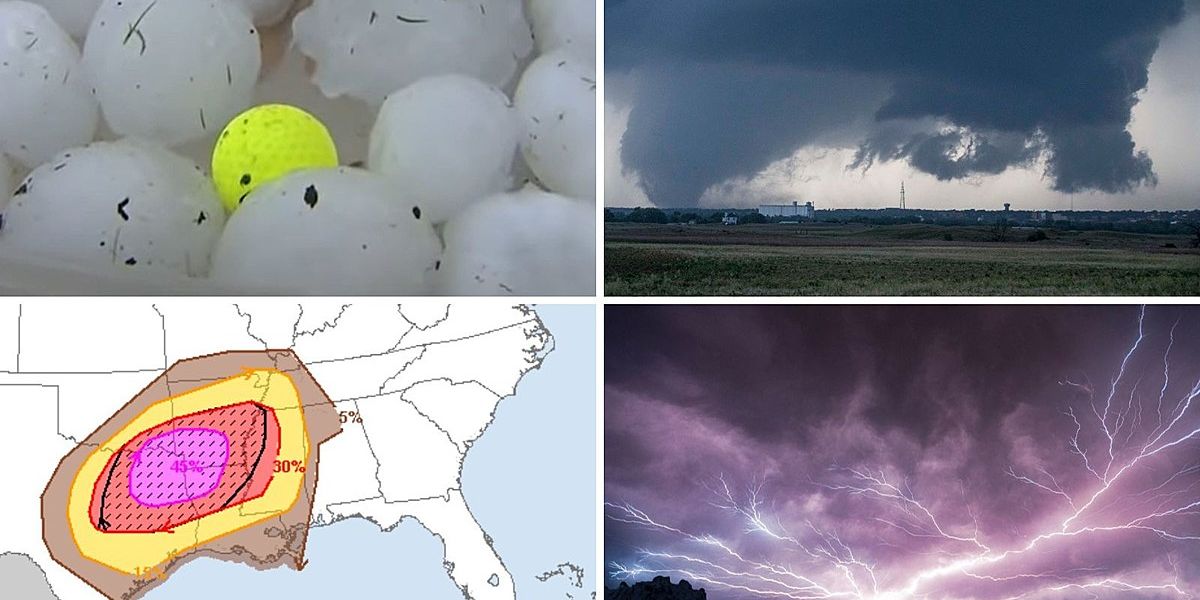Hail, Wind, and Tornadoes: Central Texas’ May Weather Warnings
Last week, we got our first outbreak of more widespread severe weather in Central Texas since 2024. The traditional peak of the severe weather season occurs in just over two weeks, as we enter the month of May.
May Extreme Weather
May is a variety of things: it is typically our busiest month for severe weather, one of our busiest months for flash flooding, and our wettest month of the year.
The risk of practically all types of severe weather peaks for us in May, with hail being the most common.
From 1955 to 2019, the National Weather Service’s Austin/San Antonio office recorded 1297 hail reports in May, along with 619 wind and 219 tornado reports.
In Central Texas, the average number of severe weather incidents (in the KEWX radar coverage region) in May exceeds the combined totals for March and April.
We can go even deeper into the data because, across decades of data, we can see that the chance of hail, wind, and tornadoes peaks significantly differently in May.
Early May is the greatest time for hail. The tornado risk rises in mid-May. Wind damage risks peak in late May and early June.
May is the highest month for tornadoes, hail, and wind events in Central Texas, however, the second busiest month for each of these modes varies. The second most active month for hail is April, although March is the second most active month for tornadoes, and June is the second most active month for thunderstorm wind damage.
Flash flooding occurs later in the season, similar to thunderstorm wind damage.
Flash Floods
According to newly analyzed data, the top month for flash floods in June, not May. According to the National Weather Service Austin/San Antonio office, there were 506 flash flooding reports in June between 1955 and 2019, compared to 498 in May.
Storms often move more slowly as we approach the summer months, resulting in storms sitting or training over the same places with heavy rains.
The flash flooding season lasts from May to July, with a secondary season in August and October due to tropical activity.
Just like severe weather, flash flooding may and does occur at any time of the year.
Severe Weather Random Facts
Decades of statistics show that, on average, May 10 is the most active day for severe weather in the year. The peak time for severe weather is 6-7 p.m.
The risk of flash floods doubles between April and May. On average, May sees more tornadoes than any other month of the year.
Have a Plan
Severe weather and flash flooding can occur throughout the day or night. Create a plan with your family to keep informed and weather-aware. Have various sources of weather information, and make sure that some of them will alert you if severe weather occurs while you are sleeping.
Stay with the First Warning Weather Team as we guide you through the peak of the severe weather season and whatever may occur.











